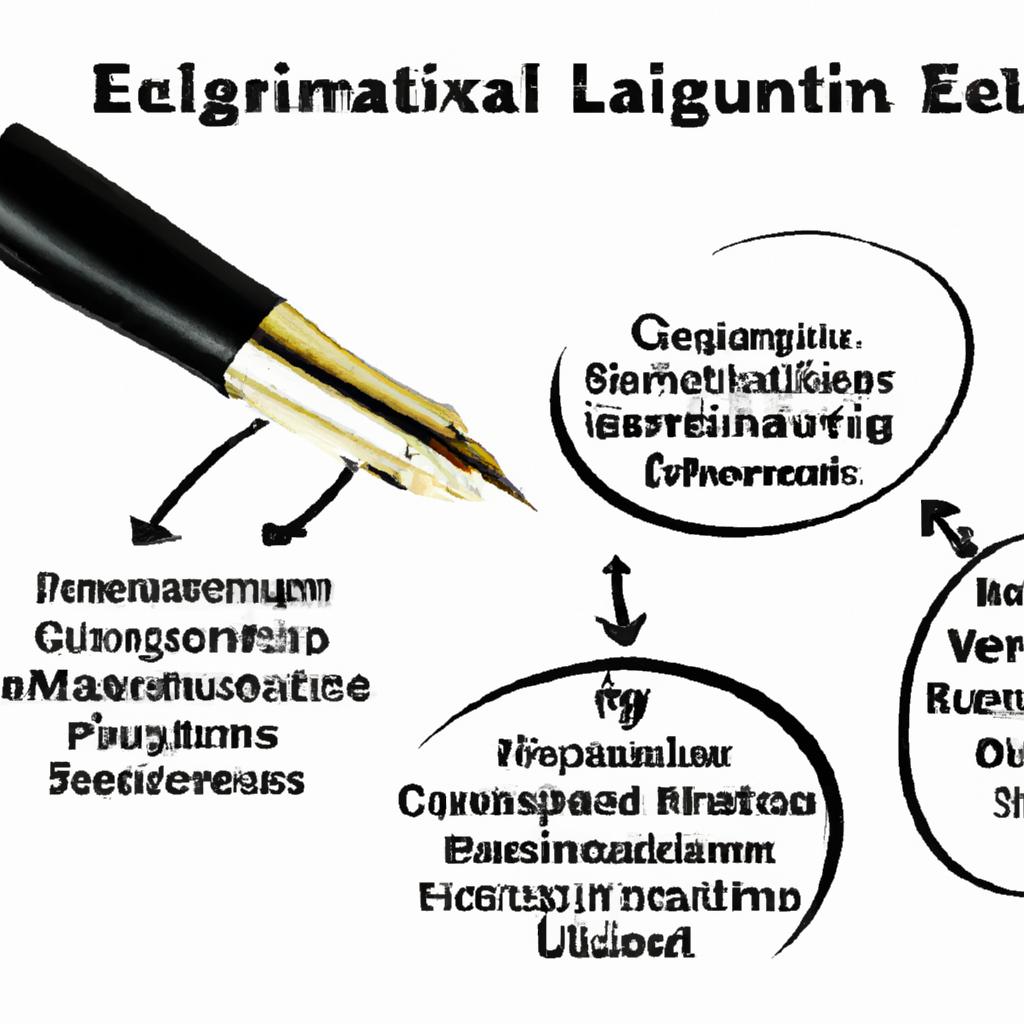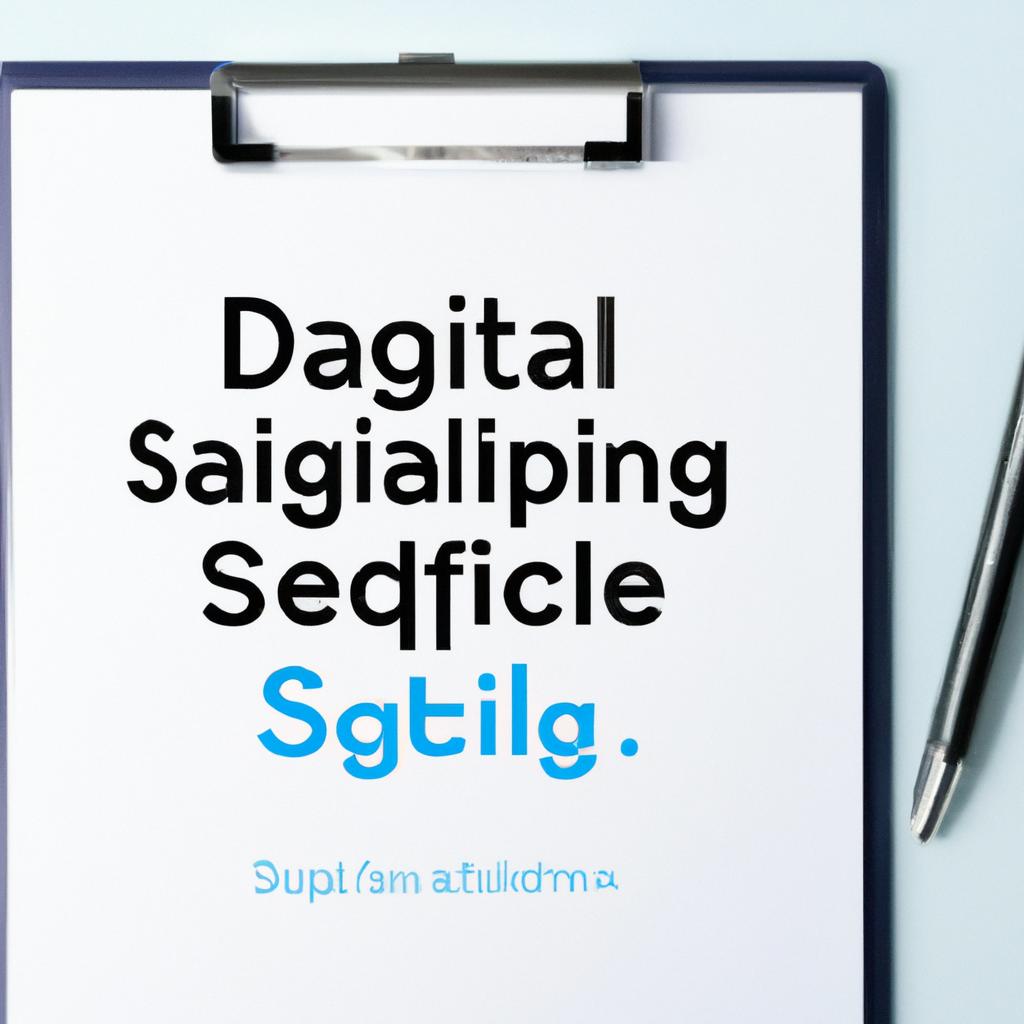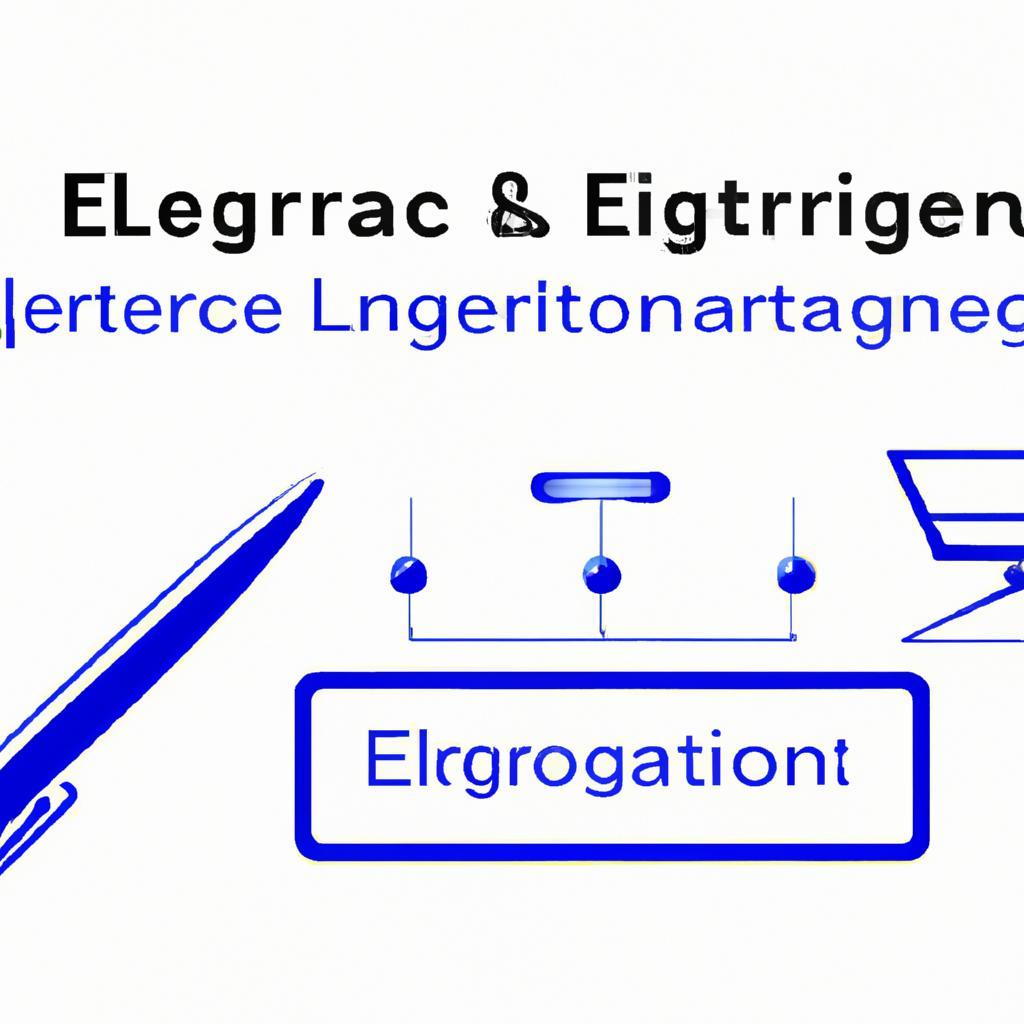In an age where digital interactions dominate our personal and professional landscapes, the ink and paper signature is rapidly becoming a relic of the past. Enter the electronic signature—a seamless solution that promises to expedite processes and enhance convenience. But what exactly does it mean to sign on the dotted line in the digital realm? As businesses and individuals alike increasingly turn to this modern alternative, understanding the legalities, practical applications, and security measures surrounding electronic signatures is more important than ever. This article delves into the intricacies of electronic signatures, unpacking their legal foundations, diverse uses, and essential tips for safeguarding your digital dealings. Whether you’re a business owner looking to streamline operations or an individual navigating digital contracts, equip yourself with the knowledge to confidently embrace this transformative technology. Join us as we explore the world of electronic signatures and unlock their potential in today’s fast-paced, digital marketplace.
Exploring the Legal Framework of Electronic Signatures and Their Validity Across Different Jurisdictions
In today’s digital landscape, the legal framework surrounding electronic signatures is both vital and intricate, varying significantly across different jurisdictions. Organizations and individuals must navigate a patchwork of regulations to ensure their digital agreements hold weight in legal contexts. Key components include:
- Legislation Variability: Various countries have enacted their distinct laws; for instance, the Electronic Signatures in Global and National Commerce (ESIGN) Act in the U.S. and the eIDAS Regulation in the EU.
- Signature Types: Not all electronic signatures are created equal; varying degrees of authenticity and security, such as simple, advanced, and qualified electronic signatures, determine their validity.
- Consent and Intent: Most legal frameworks require the signer’s consent and intention to create a legally binding agreement, adding a layer of complexity in diverse cultural and legal environments.
- Record Keeping: Proper storage and retrieval methods for signed electronic documents are crucial to demonstrating validity, especially in disputes.
Understanding these elements helps individuals and businesses mitigate risks and maximize the efficacy of electronic contracts across borders.
| Jurisdiction | Primary Legislation | Signature Type | Legal Standing |
|---|---|---|---|
| United States | ESIGN Act | Simple | Valid for most transactions |
| European Union | eIDAS Regulation | Qualified | Highest level of legal standing |
| United Kingdom | Electronic Communications Act 2000 | Advanced | Generally accepted |

Best Practices for Safeguarding Your Digital Signatures and Ensuring Secure Transactions
To ensure the integrity of your digital signatures and reinforce secure transactions, adopt robust practices that protect your sensitive information from unauthorized access. Start by using a **reputable digital signature platform** that complies with industry standards and regulations. Regularly update your software to guard against vulnerabilities. Employ **strong passwords** and consider implementing two-factor authentication for added security. It’s also prudent to educate yourself on **phishing tactics** to recognize and avoid malicious attempts to obtain your credentials. Additionally, always review signed documents for any discrepancies before finalizing them and maintain a secure backup of all your signed documents. By cultivating these habits, you can significantly mitigate risks associated with electronic signatures.
- Use reputable platforms
- Keep software updated
- Implement strong passwords
- Educate on phishing tactics
- Review documents carefully
- Backup signed documents securely
Future Outlook
As we navigate the intricacies of an increasingly digital world, understanding electronic signatures has never been more essential. From their legal standing to their practical applications, electronic signatures have transformed the way we conduct business and formalize agreements. Armed with the knowledge of both their benefits and the potential risks, you can confidently embrace this modern tool while ensuring that your documents remain secure and authentic.
As we conclude this exploration, remember that in the realm of electronic signatures, awareness is your best ally. Whether you’re a business professional, a freelancer, or simply someone looking to streamline personal transactions, staying informed about the evolving landscape of digital agreements will empower you to make sound choices.
So, as you venture into your next online undertaking, carry with you the insights from this guide. Embrace the efficiency of electronic signatures, knowing you possess the tools to safeguard your interests in a fast-paced digital age. Happy signing!


